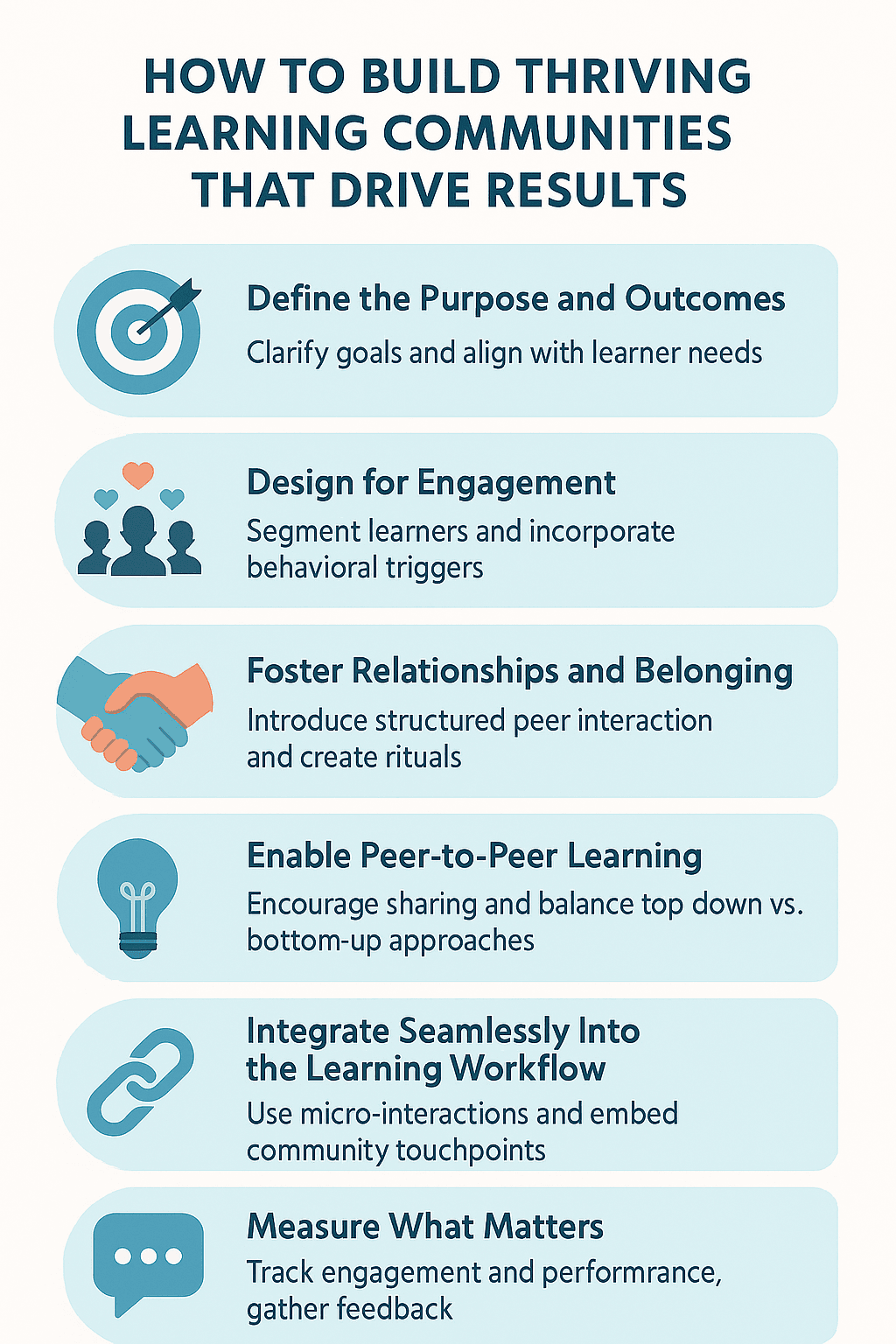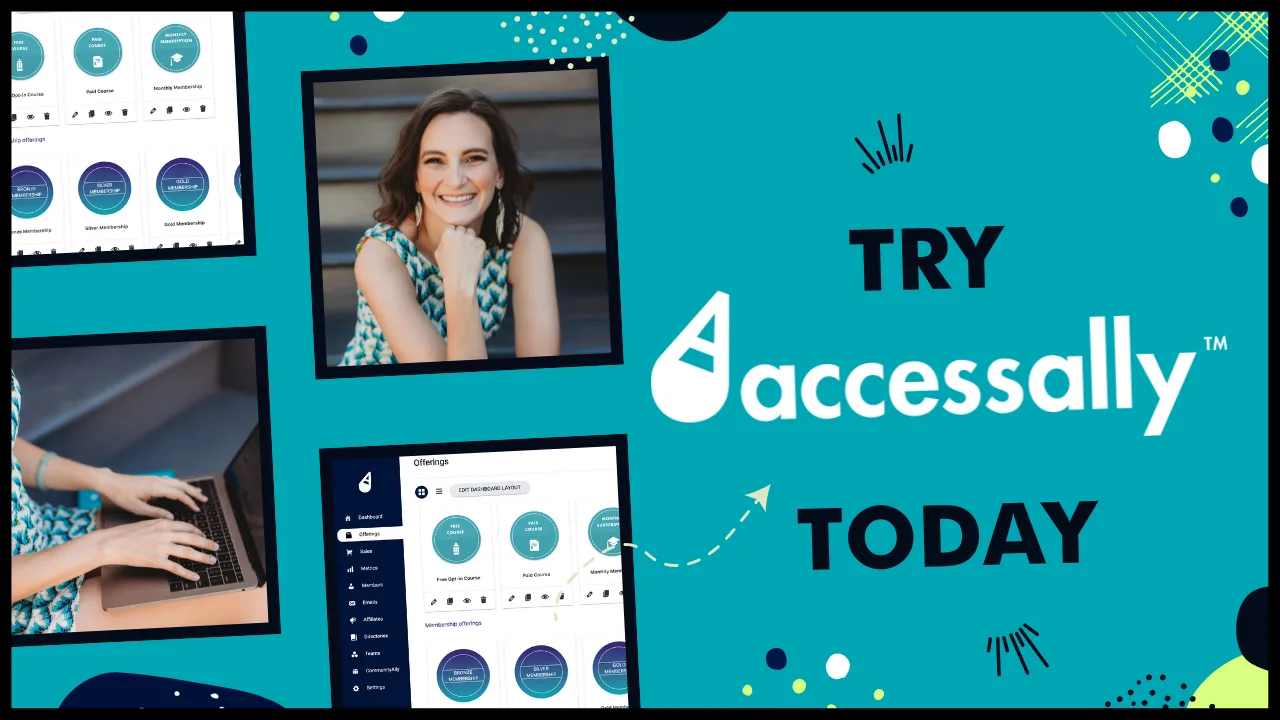Introduction and Overview: Planning Your Membership Content Calendar
Creating engaging content for your membership site can feel overwhelming without a solid plan in place. A well-structured content calendar isn’t just about organizing posts – it’s about crafting an intentional journey that keeps your members excited, engaged, and achieving their goals. When it comes to membership sites, consistency and quality are the pillars that keep your community thriving.
Think of your content calendar as the roadmap for your membership site’s success. Just like a skilled chef plans their menu weeks in advance, you need to strategically plan your content to serve your members’ needs throughout their journey. This means considering everything from onboarding materials to advanced tutorials, community events, and exclusive resources that add genuine value to their experience.
| Plan | Features | Best For |
|---|---|---|
| Starter | Basic course creation | New course creators |
| Professional | Advanced features + integrations | Growing businesses |
| Enterprise | Full customization + support | Large organizations |
Your membership site content should follow a logical progression that guides members from their initial goals to meaningful achievements. This means understanding your audience’s pain points, anticipating their questions, and delivering solutions at just the right moment. Whether you’re running a fitness program, business coaching community, or online course, your content calendar needs to reflect your members’ natural learning curve and development path.
The best content calendars balance structure with flexibility. While you want to maintain a consistent publishing schedule, you also need room to adapt to your community’s evolving needs and incorporate feedback. This might mean adjusting your content mix based on engagement metrics, member suggestions, or emerging trends in your field. Remember, a content calendar is a living document that grows and changes with your community.
Foundation Concepts and Planning
Before diving into the nitty-gritty of content scheduling, let’s establish some fundamental principles that will set your membership site up for success. The key to success with content calendars lies in understanding your audience’s journey and creating a sustainable publishing rhythm that serves both your members and your business goals.
Start by mapping out your core content pillars – these are the main topics or themes that your membership site will consistently address. For example, if you’re running a fitness membership, your pillars might include workout routines, nutrition guidance, mindset coaching, and recovery techniques. These pillars will serve as your north star when planning content and help prevent that overwhelming “what should I create next?” feeling.
Next, consider your content delivery cadence. While it’s tempting to promise daily content updates, this often leads to burnout and inconsistency. Instead, focus on a realistic schedule that you can maintain long-term. Many successful membership sites thrive with weekly or bi-weekly core content releases, supplemented by community engagement activities and live events.
Your content calendar should also account for different learning styles and engagement preferences. Mix up your content formats – perhaps releasing a detailed tutorial video on the first Monday of each month, followed by a downloadable worksheet the next week, and a live Q&A session the week after. This variety keeps members engaged while catering to different learning preferences.


Consider creating content themes for each quarter that align with your members’ goals and seasonal interests. For instance, a business membership might focus on planning and goal-setting in Q1, marketing strategies in Q2, scaling operations in Q3, and year-end review and preparation in Q4. Building relationships with your members becomes easier when they can anticipate and prepare for upcoming content.
Remember to leave room in your calendar for spontaneous content that addresses emerging member needs or hot topics in your industry. A good rule of thumb is to plan about 80% of your content in advance, leaving 20% flexible for responsive content creation. This balance ensures both consistency and adaptability in your content strategy.
Step-by-Step Implementation Guide
Let’s break down the process of creating an effective membership site content calendar that will keep your members engaged and coming back for more. The key to success lies in starting with a solid foundation and building up systematically.
Start by blocking out your calendar into quarterly themes. Think of these as your big-picture goals – maybe Q1 focuses on foundational skills, Q2 on advanced techniques, Q3 on implementation, and Q4 on mastery. This structure gives your content purpose and direction while making it easier to plan individual pieces.
Next, establish your content pillars – typically 3-5 main categories that your content will revolve around. For example, if you’re running a digital marketing membership, your pillars might include social media strategy, email marketing, paid advertising, and content creation. Each piece of content you create should align with at least one of these pillars.
When mapping out your weekly content, aim for a consistent rhythm. Your members will appreciate knowing what to expect and when. Consider a pattern like this: Week 1 – Core training video, Week 2 – Implementation workshop, Week 3 – Expert interview, Week 4 – Community challenge. This predictable structure helps members plan their participation while giving you a clear framework for content creation.
Don’t forget to build in flexibility for timely topics and member requests. Leave about 20% of your calendar open for addressing emerging trends or responding to specific challenges your community faces. This adaptability shows members you’re attentive to their needs while keeping your content fresh and relevant.
Create content batches aligned with your quarterly themes. Rather than scrambling to produce content week by week, set aside dedicated time each quarter to outline and create multiple pieces at once. This approach ensures consistency in quality and messaging while reducing your stress levels.
Consider your delivery methods carefully. Mix up your content formats to cater to different learning styles. Combine written guides, video tutorials, audio sessions, and interactive elements like worksheets or templates. This variety keeps engagement high while ensuring your material remains accessible to all members.
Finally, implement a review and adjustment cycle. At the end of each quarter, analyze what worked well and what could be improved. Look at metrics like engagement rates, completion rates, and member feedback. Use these insights to refine your calendar for the upcoming quarter, ensuring your content consistently meets your community’s evolving needs.
Advanced Strategies and Techniques
Let’s dive into some sophisticated approaches that can transform your membership site content calendar from good to exceptional. When it comes to advanced planning, the most successful membership sites operate on multiple content layers that work in harmony. Think of your calendar as an orchestra, with different content types playing their unique parts in perfect timing.
One powerful technique is implementing content clusters – groups of related materials released in strategic sequences. For example, if you’re teaching digital marketing, you might create a cluster around email marketing that includes a main course module, supplementary worksheets, a live Q&A session, and a challenge where members implement what they’ve learned. This approach, which has proven particularly effective for innovative membership sites, keeps members engaged through varied learning experiences.
Another advanced strategy is utilizing content bridges – transitional pieces that connect different topics while maintaining member engagement. These bridges could be quick-win tutorials, implementation guides, or case studies that help members connect the dots between major content themes. For instance, between your social media and email marketing modules, you might include a bridge piece about integrating both channels for maximum impact.
Consider implementing a dynamic content rotation system where you alternate between different content types based on member engagement data. This might mean scheduling your most intensive training modules for times when engagement typically peaks (often early in the week), while reserving lighter content like success stories or quick tips for periods of lower engagement.
Advanced planning also means building in flexibility for real-time adjustments. Reserve 20% of your calendar slots for responsive content – topics that address emerging questions or challenges your members are facing. This approach allows you to maintain a structured calendar while being agile enough to meet your community’s evolving needs.
Finally, incorporate progressive complexity in your content schedule. Start each quarter with foundational content, then gradually increase the sophistication of your materials. This creates a natural learning curve that keeps members challenged without feeling overwhelmed. Remember to include regular implementation weeks where no new content is released, giving members time to apply what they’ve learned.
Common Challenges and Solutions
Content overwhelm is another common hurdle. Many site owners fall into the trap of trying to produce too much content too quickly, leading to burnout. Instead, focus on quality over quantity. Start with a manageable publishing schedule – perhaps one main piece of content weekly, supplemented with smaller engagement activities. You can always scale up as you establish a rhythm and build your content library.
Member engagement fluctuations can also be challenging. When you notice participation dropping, try mixing up your content formats. Alternate between video tutorials, written guides, live Q&A sessions, and interactive workshops. Your community members often respond differently to various content types, so diversification helps maintain interest and accommodates different learning styles.
Technical hiccups and delivery delays are inevitable, but they don’t have to derail your entire calendar. Build in buffer time between content pieces and maintain a backlog of evergreen content that can fill gaps when needed. Consider batching similar content types together during creation to improve efficiency – record multiple video tutorials in one session or write several related blog posts when you’re in a good writing flow.
Finally, don’t forget to regularly analyze your content performance and gather member feedback. If certain topics or formats consistently underperform, be willing to adjust your calendar accordingly. Remember that your content calendar should be a flexible tool that evolves with your membership site, not a rigid structure that holds you back from serving your audience effectively.
Best Practices and Optimization
Creating an effective content calendar for your membership site requires more than just plotting dates on a schedule. The key to success lies in establishing a sustainable rhythm that serves both your team’s capacity and your members’ engagement patterns. Start by analyzing your analytics to understand when your members are most active and responsive to new content.
Consider implementing a content batching system where you create multiple pieces of related content at once. This approach not only improves efficiency but ensures consistency in quality and messaging. For example, if you’re planning a series on advanced marketing techniques, create all related videos, worksheets, and discussion prompts in one focused session. This method helps maintain thematic coherence while reducing the mental load of constant context-switching.
Your content calendar should also include buffer zones for unexpected opportunities or challenges. I recommend building in at least two flexible content slots per quarter that can be used for addressing trending topics, responding to member requests, or handling technical updates. These buffer zones help prevent your calendar from becoming a source of stress when life inevitably throws curveballs your way.
Remember to regularly audit your content performance and adjust your calendar accordingly. If certain types of content consistently generate more engagement, consider increasing their frequency. For instance, if your case study posts drive significant discussion, you might want to make them a monthly feature rather than quarterly. Check out our guide on membership site ideas for inspiration on content types that resonate with different audiences.
Finally, build in regular review periods to assess your calendar’s effectiveness. Schedule quarterly planning sessions where you can evaluate what’s working, what isn’t, and what needs adjustment. This iterative approach ensures your content calendar remains a living document that evolves with your membership site’s growth and your community’s changing needs.
Case Studies and Examples
Let’s dive into some real-world examples of successful membership site content calendars. Take Sarah’s photography course platform, which struggled with member engagement until she implemented a strategic content calendar. She noticed her photography students were most active on weekends, so she scheduled her most intensive tutorials for Saturday mornings, followed by practice assignments that members could complete over the weekend.
Another inspiring example comes from Marcus, who runs a business coaching membership site. The key to his content calendar success was creating themed months. Each month focused on a specific business aspect – marketing in March, operations in April, and finance in May. This structured approach helped his members progress systematically through different business areas while maintaining clear expectations about upcoming content.
According to Membership Site Growth Strategies, implementing these strategies can significantly improve your course effectiveness.
When it comes to course delivery timing, consider how The Wellness Circle, a health coaching membership, structures their content calendar. They release new workout videos every Monday, nutrition content on Wednesdays, and mindfulness practices on Fridays. This consistent schedule helped boost their member retention by 47% within three months of implementation.
A particularly clever approach comes from The Creative Academy, an online art school. They built their content calendar around six-week learning sprints, with each sprint focusing on different mediums or techniques. Between sprints, they schedule two-week integration periods where members can practice, catch up on missed lessons, and participate in community challenges. This rhythm prevents content overwhelm while maintaining steady engagement.
Tech entrepreneur Lisa found success by aligning her content calendar with her members’ natural business cycles. She releases advanced planning content two months before major shopping seasons, marketing strategies one month ahead, and implementation guides just as the season begins. This forward-thinking approach helps her members stay ahead of their business needs while maintaining a manageable learning pace.
These examples demonstrate that successful content calendars share common elements: they respect members’ time constraints, align with natural learning or business cycles, and maintain a consistent yet flexible delivery schedule. Your calendar doesn’t need to be complex – it just needs to serve your specific community’s needs and learning patterns effectively.
Future Considerations and Conclusion
As you look ahead with your membership site content calendar, remember that flexibility is just as important as structure. The digital landscape evolves rapidly, and your content strategy needs to adapt alongside it. Consider building in quarterly review periods to assess what’s working and what needs adjustment – this keeps your content fresh while maintaining consistency for your members.
When it comes to scaling your content production, think about ways to repurpose and maximize your existing materials. A single workshop recording could become a downloadable guide, a series of micro-lessons, or fuel for your social media content. This approach not only saves time but ensures your core message remains consistent across different formats.
Technology will continue shaping how members consume content, so stay informed about emerging trends in online learning. Consider incorporating interactive elements, mobile-friendly formats, and potentially even AR/VR experiences as these technologies become more accessible. However, don’t chase every new trend – focus on what genuinely enhances your members’ learning experience.
Building relationships with your community should guide every content decision. Create feedback loops through surveys, discussion forums, and direct outreach to understand what content resonates most. Use these insights to inform your future planning while staying true to your core mission and expertise.
Remember that your content calendar isn’t just a schedule – it’s a living document that reflects your commitment to your members’ success. By maintaining a balance between structure and adaptability, consistently delivering value, and staying attuned to your community’s needs, you’ll create a sustainable content strategy that serves both your business and your members for years to come.




